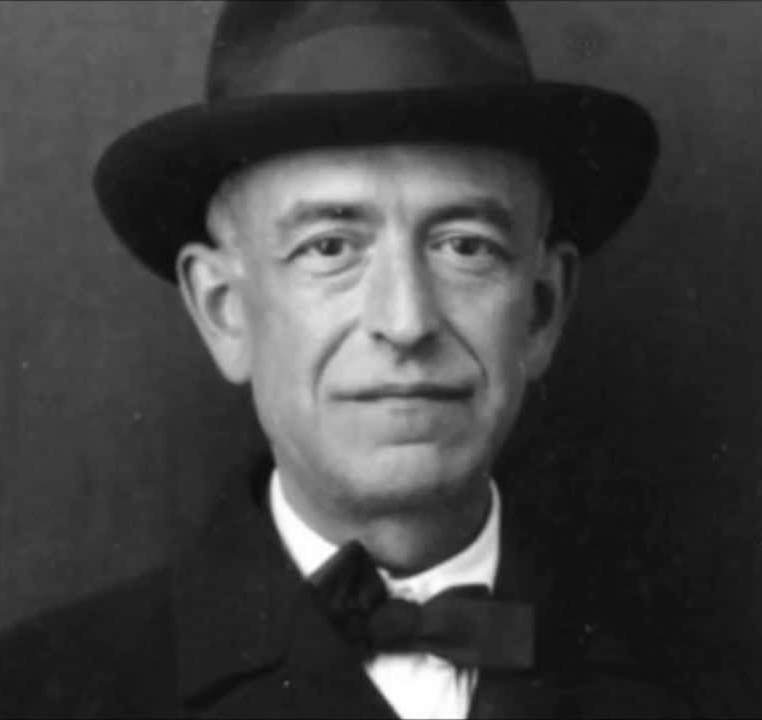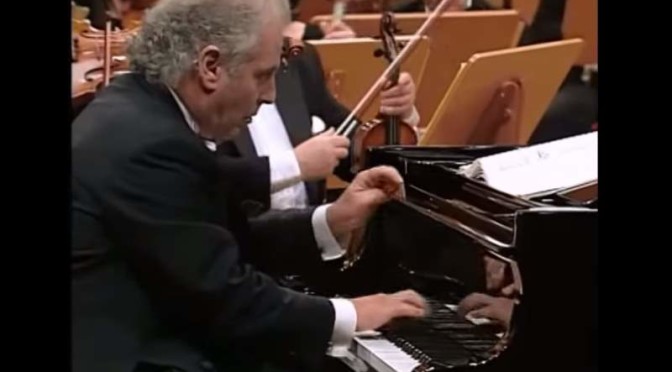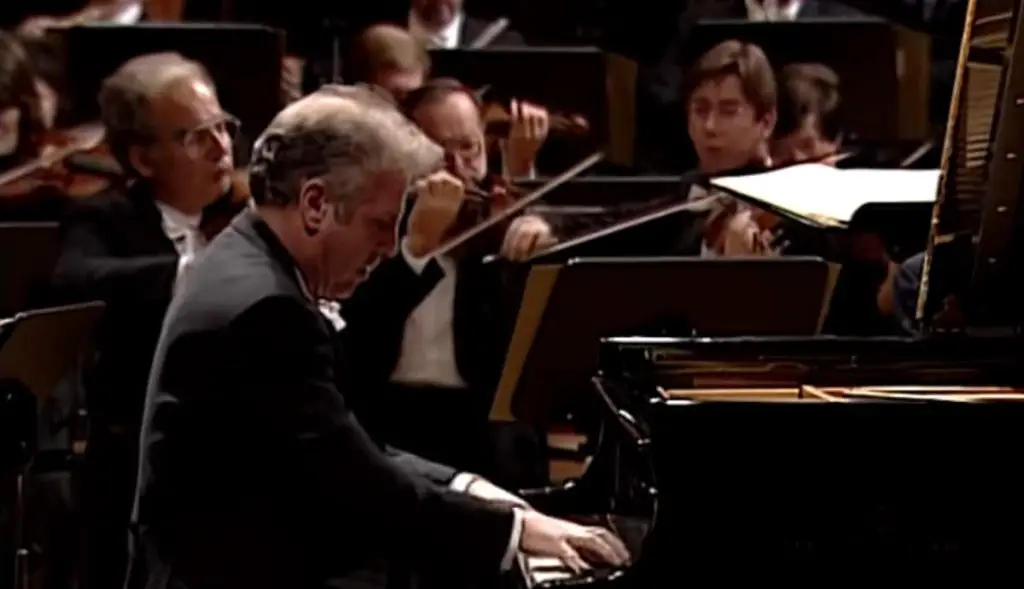Accompanied by the Chicago Symphony Orchestra, Daniel Barenboim performs Nights in the Gardens of Spain (Spanish: Noches en los jardines de España), G. 49 by the Spanish composer Manuel de Falla. Conductor: Plácido Domingo.
Manuel de Falla’s Nights in the Gardens of Spain
Manuel de Falla y Matheu (23 November 1876 – 14 November 1946) was Andalusian (Andalusia is a south-western European region established as an autonomous community of the Kingdom of Spain. The Spanish Language Academy recognizes Andalusian Spanish as a distinct dialect.). The work refers to the Hispano-Arabic past of this region – Al-Andalus, also known as Muslim Spain or Islamic Iberia.
“Nights in the Gardens of Spain” (Spanish: “Noches en los jardines de España”) is one of Falla’s most evocative works. This piece beautifully captures the spirit and ambiance of Spain and demonstrates Falla’s unique style, which integrates Andalusian folk music with the more formal structures of classical music.
“Nights in the Gardens of Spain” is not a traditional piano concerto, but rather a set of symphonic impressions for piano and orchestra. Composed between 1909 and 1915, this piece paints an atmospheric picture of Spanish gardens at night, with a particular emphasis on the mysterious and exotic aspects of Andalusian nights.
The work is characterized by its lush orchestration, rich harmonies, and evocative interplay between the piano and the orchestra. The piano part does not aim to be a virtuosic showpiece; instead, it is seamlessly integrated into the orchestral texture, sometimes taking a leading role and at other times blending in with the ensemble.
Throughout the piece, Falla employs various Iberian rhythms, melodies, and harmonies to evoke the distinct mood and atmosphere of Spanish nights. His meticulous attention to detail in the orchestration ensures that each section of the orchestra contributes to the overall color and imagery of the composition.
In “Nights in the Gardens of Spain,” listeners can hear the distant echoes of flamenco rhythms, the haunting melodies of Andalusian folksongs, and the gentle murmur of fountains, all combined to transport the audience to the exotic gardens of Spain under a starry sky.
Given the impressionistic nature of this piece, it’s not surprising that it has drawn comparisons to the works of French composer Claude Debussy, though Falla’s work is distinctly rooted in the Spanish tradition. The blending of impressionistic harmonies with Spanish folk elements makes “Nights in the Gardens of Spain” a unique and captivating piece in the orchestral repertoire.
Composition and Premiere
Falla began this work as a set of nocturnes for solo piano in 1909, but on the suggestion of the Spanish pianist Ricardo Viñes (5 February 1875 – 29 April 1943), he turned the nocturnes into a piece for piano and orchestra. Falla completed it in 1915 and dedicated it to Viñes. However the pianist at the first performance was neither Viñes nor Falla (who was a skilled pianist), but the noted Spanish pianist, conductor, and teacher José Cubiles (15 May 1894 – 5 April 1971). The first performance was given on April 9, 1916, at Madrid’s Teatro Real, with the Orquesta Sinfónica de Madrid conducted by Enrique Fernández Arbós.
Viñes first played the work in its San Sebastián premiere, shortly after the world premiere, with the same orchestra. Arthur Rubinstein was in the audience that night, and he introduced the work to Buenos Aires. The Paris premiere took place in January 1920, with the pianist Joaquín Nin playing under Fernández Arbós. The composer himself was the soloist at the London premiere in 1921, at a Queen’s Hall concert under the baton of Edward Clark.
The gardens
The work depicts three gardens:
- En el Generalife (In the Generalife): The first garden is the Generalife, which is adjacent to the Alhambra Palace in Granada. The Generalife is renowned for its beautiful fountains and verdant gardens. Historically, it served as a place of rest for the Moorish kings of Granada. In this section of the work, Falla captures the gentle play of water from the fountains and the serene ambiance of this historic garden.
- Danza lejana (A Distant Dance): This garden is more ambiguous in its exact location. Instead of a physical garden, this setting may be thought of as a metaphorical or mythical garden where one can imagine a distant Andalusian festivity. Here, the music evokes the lively rhythms of Spanish dances and the distant sounds of a celebration, allowing listeners to visualize an enchanting dance taking place under the moonlit sky.
- En los jardines de la Sierra de Córdoba (In the Gardens of the Sierra de Córdoba): The third set of gardens is in the Sierra de Córdoba. The best-known inhabitant of the gardens of the Sierra de Córdoba was the Sufi philosopher Ibn Masarra, and the dances depicted here are presumably Sufi dances (Sufism or tasavvuf, as it is called in Arabic, is generally understood by scholars and Sufis to be the inner, mystical, or psycho-spiritual dimension of Islam. Today, however, many Muslims and non-Muslims believe that Sufism is outside the sphere of Islam).

Falla referred to Nights in the Gardens of Spain as “symphonic impressions.” The piano part is elaborate, brilliant, and eloquent but rarely dominant. The orchestral writing is lush. It is Falla’s most “impressionistic” score. The Spanish composer Joaquín Turina called it “the most tragic and sorrowful of his works,” which is expressed as “an intimate and passionate drama.”
The score calls for piano, three flutes, and piccolo, two oboes and English horn, two clarinets, two bassoons, four horns, two trumpets, three trombones, and tuba, timpani, cymbals, triangle, celesta, harp, and strings.
Sources
- Nights in the Gardens of Spain on Wikipedia
- Manuel de Falla on Wikipedia

